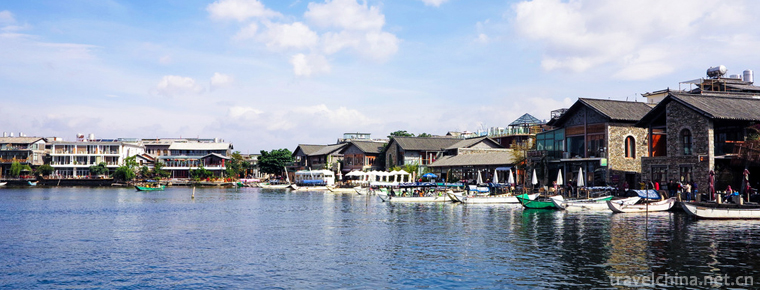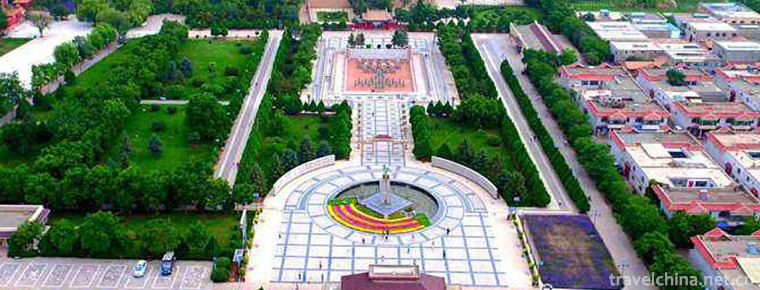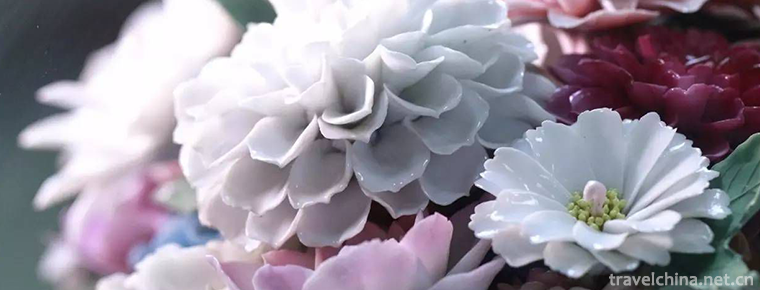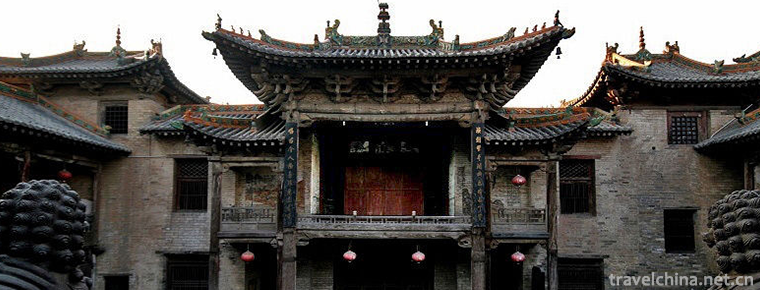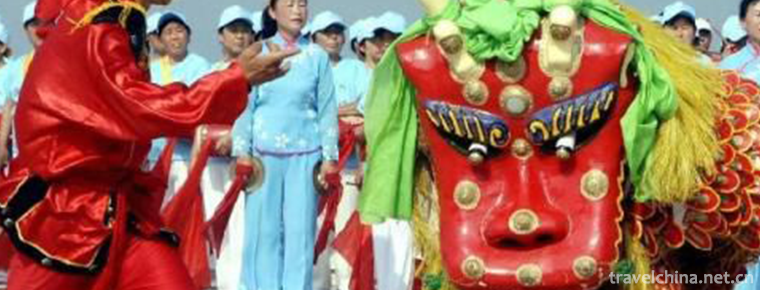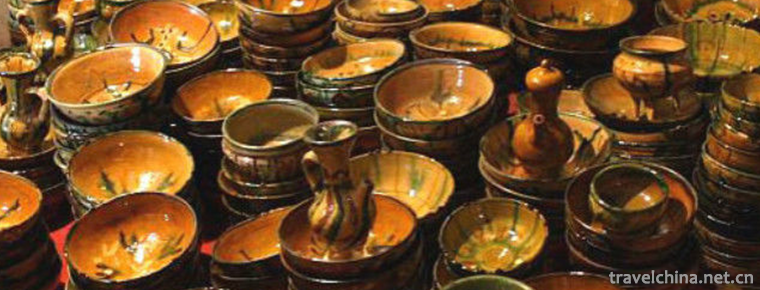Shaoxing Xuanjuan
Shaoxing Xuanjuan
Shaoxing Xuanjuan is a traditional rap art with religious color, which is mainly used to worship gods and pray for blessings. Since Tang Dynasty, it has developed into folk art in Qing Dynasty. The Song Book of Xuanjuan, or volume book, is commonly known as "Baojuan". When singing, artists put volumes on the table and sing according to the volumes, so they are called volumes.
On June 7, 2008, Shaoxing Xuanjuan, declared by Shaoxing County, Zhejiang Province, was approved by the State Council to be included in the second batch of national intangible cultural heritage lists.
historical origin
Shaoxing Xuanjuan is one of the local folk arts in Shaoxing. Before the founding of the People's Republic of China, Shaoxing Xuanjuan Ban was very active in Shaoxing City. Its singing was related to the custom of worshipping gods. The Chinese Encyclopedia of Opera Art Volume (Xuan Volume) contains: "In the Qing Dynasty, Guangxu Period and the early years of the Republic of China, Xuan Volume was extended to the south of the Yangtze River. Although it still serves as a sermon in a vast area centered around Shanghai, Hangzhou, Suzhou, Shaoxing and Ningbo, it has developed into a folk rap art", which basically conforms to the situation of Shaoxing Xuan Volume.
Although Xuanjuan sings in different roles, it has no professional skills and male and female accents. It mainly uses different timbres to express various characters. When one of them "played a role" in singing, the other two helped to sing "There is no Amitabha Buddha in the South".
In the old days, Xuanjuan artists had low social status and were not professionals. They had the habit of "father does not pass on sons". is concise and fluent, easy to read, when singing, you can read the book, read according to the book, without memorizing and reciting the work, fans can be invited to perform on a slight basis, therefore, Xuanjuan artists do not have strict teacher-acceptance relationship. The Xuanjuan class, headed by "Fish Position", is composed of many voluntary groups. It sings during the celebration of God's Birthday, birthday celebration, migration celebration and memorial service. Since 1950, Xuanjuan classes have been separated from time to time, and singing activities have been in fashion. Most of them are in the countryside.
Inheritance Significance
As one of the five major types of Shaoxing opera, Shaoxing Xuanjuan has won its own living space with its popular identity, people-friendly posture, popular language and simple performance, and maintained a relatively pure grassroots nature and original ecology. This makes Shaoxing Xuanjuan develop to a new height. This art form is gradually going out of the folk and expanding into the mainstream cultural field. This is indeed a good thing, but there are also many problems.
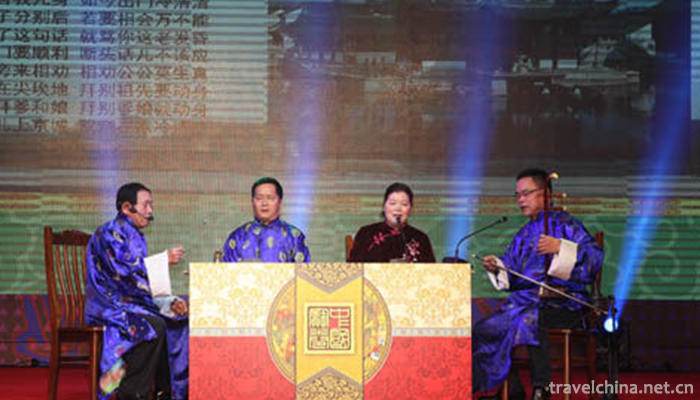

Shaoxing Xuanjuan
-
Shuanglang
located in the northeast of Dali City and the northeast coast of Erhai Lake
Views: 269 Time 2018-10-17 -
Leitaihan Culture Museum Wuwei
Leitaihan Culture Museum is located in the urban area of Wuwei City. It is the land of the Chinese tourism symbol "Ma Ta Feiyan". Leitai was declared as the key cultural relics protection un
Views: 202 Time 2019-02-24 -
Firing Techniques of Fengxi Porcelain
Fengxi Porcelain Firing Technology, a local traditional technology in Fengxi District, Chaozhou City, Guangdong Province, is one of the national intangible cultural heritage.
Views: 795 Time 2019-04-29 -
The Story of Guangchan Marquis
The story of Guangchan Marquis refers to a local folklore widely circulated in Yangcheng County, Jincheng City. Guangchan Marquis refers to an ordinary folk veterinarian in the Northern Song Dynasty
Views: 173 Time 2019-05-01 -
Huaihai Opera
Huaihai Opera, one of the national intangible cultural heritage, is a local traditional drama in Huaian City and Lianyungang City of Jiangsu Province.
Views: 179 Time 2019-05-04 -
kylin dance
Kirin dance, also known as "Wu" Kirin, is a court dance performance of the Ming Dynasty in China. It was spread among the people when the Nanming Dynasty perished. When dancing,
Views: 112 Time 2019-06-10 -
Uygur moulding earthenware firing
Uygur moulding pottery has a history of more than two thousand years. After the middle of the ninth century, Uygur ancestors moved westward to the vicinity of the Tarim Basin, inherited the pottery ma
Views: 208 Time 2019-06-26 -
Characteristics and types of Chinese embroidery
The main artistic features of hand embroidery are neat patterns, beautiful silk, fresh and elegant colors, rich needlework, appropriate elegance and beauty, and exquisite and exquisite embroidery. As far as the needling methods of embroidery are concerned,
Views: 246 Time 2020-12-12 -
Yibin tertiary industry
In 2019, the real estate development investment in Yibin City is 35.74 billion yuan, an increase of 14.5% over the previous year. Among them, residential investment was 27.018 billion yuan, an increase of 18.0%; the investment of office building was 4
Views: 387 Time 2020-12-18 -
Dazhou peoples life
In 2018, the per capita disposable income of Dazhou residents was 20881 yuan. The per capita disposable income of urban residents was 30882 yuan, an increase of 8.8%. Among them, salary income was 17597 yuan, an increase of 7.3%; net ope
Views: 170 Time 2020-12-20


